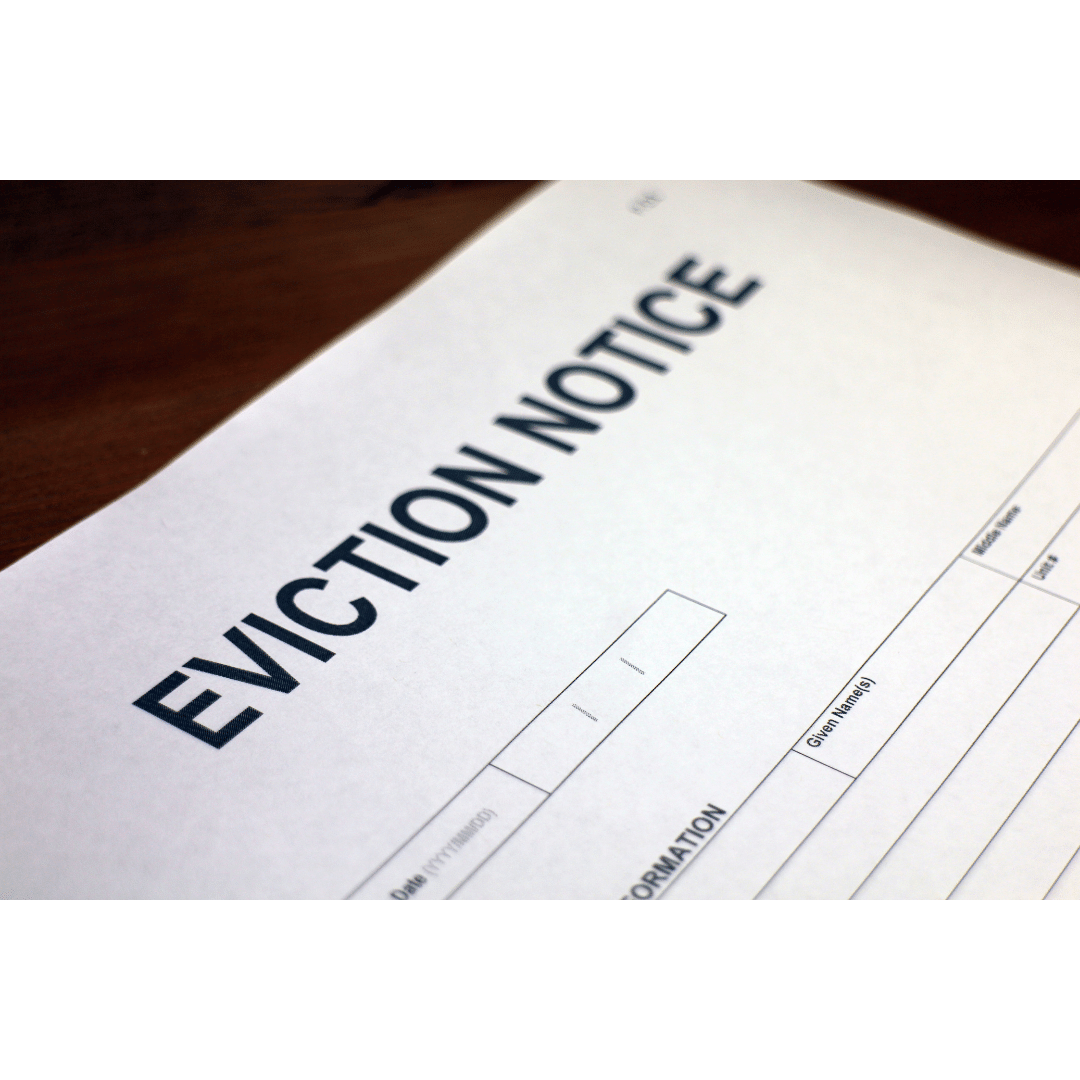The federal eviction ban enacted last year officially ended on July 31, 2021, after being extended four times. Many Americans who are behind on rent find the news to be quite troublesome, especially with the real possibility of eviction on the horizon. Landlords who have gone for over a year without income welcome the news. In this article, we discuss what the end of the eviction ban means for you.
The Eviction Moratorium
On September 4, 2020, the CDC enacted a temporary eviction moratorium, or ban, to prevent the spread of Covid-19. Since many were facing financial difficulty due to the lockdowns, the order prevented tenants from being evicted due to nonpayment of rent.
The order required renters to meet other criteria. They had to demonstrate their inability to pay rent as a result of the pandemic, they had to seek out available government assistance for rent, and other criteria had to be met. As of August 1, 2021, landlords can begin evicting their tenants for nonpayment of rent.
Many expect evictions to rise back to the pre-pandemic level. Typically, there are 3.7 million evictions every year, or seven every minute, according to the Eviction Lab. Many are concerned that the end of the ban will push millions of renters out of their homes, and increase the spread of Covid-19.
The Eviction Moratorium Continues In Some States
While eviction protections at the federal level ended, the original order allows for states to step in. The original CDC order states that the moratorium is not applicable when states, territories, or tribal areas have an order that "provides the same or greater level of public-health protection than the requirements listed in this Order.”
If you are struggling to pay rent, there may still be some protection for you. Because of the provision in the original order, many states have extended the eviction moratorium on their own. Here are the states that are extending the moratorium.
California- 9/30/21 (later depending on county)
Hawaii- 8/6/21
Illinois- 8/21/21 (landlords can file eviction on 8/1 but police can’t enforce until 8/21)
Maryland- 8/15/21
Minnesota- 6/1/2022 see specific timelines
New Jersey- 2 months following the end of the emergency see details here
New Mexico- Until end of emergency
New York- 8/31/2021
Washington- 9/30/2021 for most cases see details here
Washington D.C.- 1/1/2022, see details here
States Exacerbated Eviction Moratorium By Mishandling Federal Funds
The December 2020 Covid relief package created the Emergency Rental Assistance (ERA) program and funded it with $25 billion. The American Rescue Plan Act, passed in March 2021, added another roughly $21 billion to the Emergency Rental Assistance Program, for a grand total of over $46 billion.
These funds could be used for back rent, future rent payments up to three months, utility expenses, and other housing costs for up to 18 months. These funds were distributed to the states based on their population.
Many state and local programs did not even begin until July 2021, according to the Treasury Department. As of July 1st, less than 650,000 Americans received assistance from the ERA, totaling only $3 billion of the available $46 billion. This delay exacerbated the issue for millions of Americans, who could have used the federal money to cover their rent.
According to recent Census Bureau data, approximately 3.6 million tenants are "very likely" or "somewhat likely" to be evicted within the next two months. Over a million expect their house to be foreclosed on within two months. This paints a grim picture of some Americans' current state, many of whom could have been aided by ERA funding.
Diane Yentel, president and CEO of the National Low Income Housing Coalition stated, “Rental assistance has reached only a small fraction of the families who report being behind on rent and at high risk of eviction....and there remain dozens of states and cities that have distributed little to no assistance to renters in need."
Lawmakers Attempted to Extend Eviction Moratorium
Lawmakers released a statement urging President Biden to extend the moratorium until October 18, 2021. The statement read that extending the moratorium is "a moral imperative to keep people from being put out on the street which also contributes to the public health emergency."
In response, the Biden Administration remarked that it would allow the band to expire because the Supreme Court ruled that it would require legislation to be extended.
Action Steps In Response to the Eviction Moratorium
If you are a renter and are still facing financial challenges, check with your local Emergency Rental Assistance Program location. There is still over $40 billion in rental assistance allocated to the ERA that you could tap into. You can also find help with utilities. If your state continues the moratorium, remember that you must meet certain criteria to be protected.
If you are a landlord, the expiration of the eviction ban means that large parts of the country no longer have federal protection. Evictions may ensue due to nonpayment unless you live in one of the aforementioned states where the moratorium continues.
If you are a landlord in a state where the moratorium continues, remember that renters need to meet certain criteria in order to be protected by it. The moratorium does not protect tenants from avoiding payment for any reason nor for violating the lease, other than nonpayment.
Conclusion: The End of the Eviction Moratorium Will Likely Result in Skyrocketing Evictions
In the recent Census survey, nearly eight million renters and homeowners reported having "no confidence" in paying next month's rent. With the expiration of the eviction moratorium, there could likely be millions of evictions throughout the coming months. The States' failure at dispersing ERA money to qualifying renters exacerbated this issue for renters and landlords alike. There is plenty of funding still available, but it may be too late.
📌 Join nearly 100,000 others getting early access to grants and other funding opportunities. We've publish new grants every week — don't miss out on new grants and low-interest capital.


